Fermenting Fun: The Global Spice Twist on Homemade Dill Pickles
If you've ever crunched into a perfectly sour, garlic-kissed, spice-infused dill pickle and thought to yourself, "I could totally make this at home," then you're not alone. But what if we told you that your humble jar of fermented delight has roots in global spice traditions far beyond your kitchen counter?
In this article, we'll take you through a flavorful journey—exploring how spices from around the world can elevate your homemade fermented dill pickles from "just okay" to "wait, did you bottle magic?"
So grab your mason jars, and let's dive into the briny, aromatic world of fermentation and spice!
Table of Contents
- Why Ferment Pickles Anyway?
- The Role of Spices in Fermentation
- Global Spice Traditions & Pickling Styles
- Step-by-Step Guide to Making Your Own Fermented Dill Pickles
- Common Mistakes & How to Avoid Them
- Pro Tips for Flavorful Fermented Pickles
- Troubleshooting Your Fermented Pickle Batch
- Conclusion
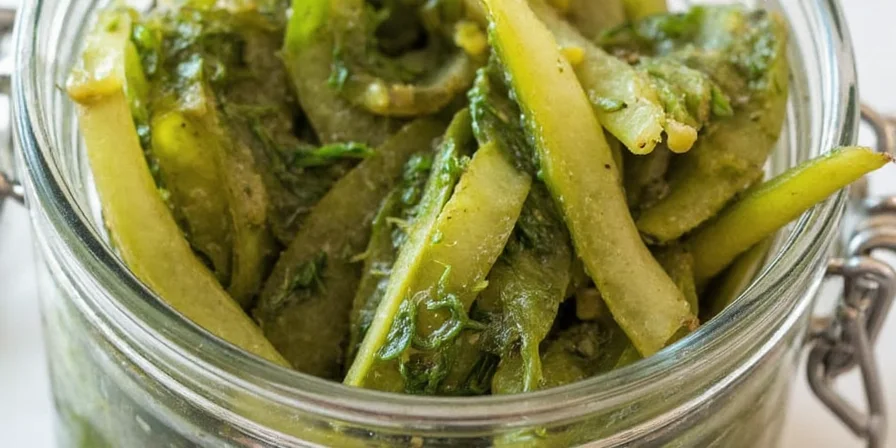
Why Ferment Pickles Anyway?
Fermentation isn't just some hipster food trend; it's one of humanity's oldest culinary techniques. Long before refrigerators, freezers, or Instacart, our ancestors figured out that submerging vegetables in saltwater could keep them edible—and delicious—for months.
Here’s why fermenting pickles is still relevant today:
- Natural Preservation: Lactic acid bacteria preserve the cucumbers without artificial preservatives.
- Better Digestion: Fermented foods are rich in probiotics, which promote gut health.
- Flavor Explosion: The longer they sit, the more complex and tangy their flavor becomes.
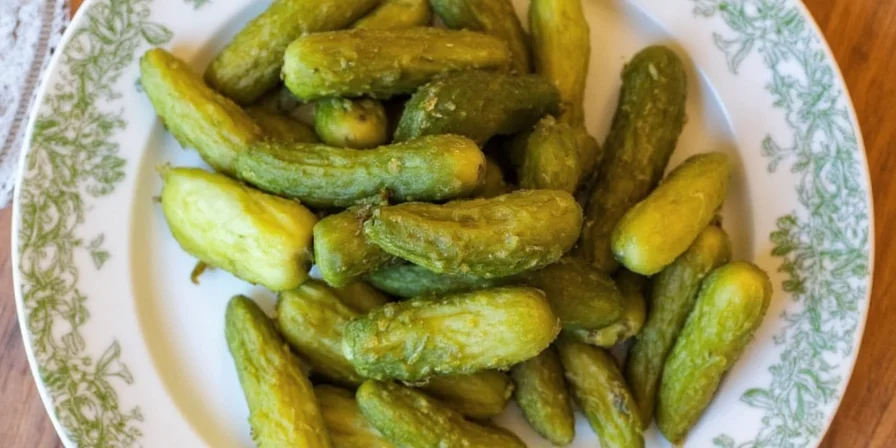
The Role of Spices in Fermentation
Spices aren’t just for adding heat or aroma—they play an active role in fermentation. Some spices inhibit unwanted bacterial growth while encouraging beneficial lactic acid bacteria.
Top Spices That Enhance Fermented Pickles:
| Spice | Flavor Contribution | Functional Benefit |
|---|---|---|
| Dill | Earthy, grassy, slightly sweet | Classic pairing with cucumber; enhances aroma |
| Mustard Seeds | Peppery, nutty | Helps maintain crispness and texture |
| Coriander Seeds | Citrusy, warm | Antimicrobial properties support fermentation |
| Garlic | Pungent, savory | Enhances flavor depth and supports healthy microbes |
| Black Pepper | Sharp, spicy | Adds complexity and mild antimicrobial action |
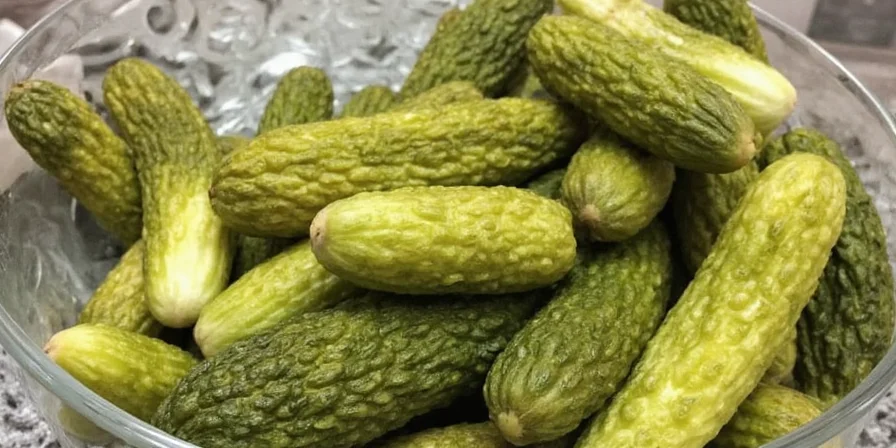
Global Spice Traditions & Pickling Styles
You might think of dill pickles as purely American, but cultures worldwide have been fermenting cucumbers with regional spices long before delis served pastrami sandwiches.
Worldwide Pickling & Spice Traditions
| Region | Signature Spice(s) | Distinctive Feature |
|---|---|---|
| Russia | Dill, horseradish, black pepper | Brined with kvass or water for a sour profile |
| Korea | Chili flakes (gochugaru), ginger | Spicy, quick-pickled varieties like oi sobagi |
| India | Mustard seeds, fenugreek, turmeric | Oil-based pickles with bold, fiery flavors |
| Turkey | Oregano, bay leaf, red pepper flakes | Sour, herby flavor with sun-softened skins |
| Germany | Dill, caraway, juniper berries | Lacto-fermented with mineral-rich brine |
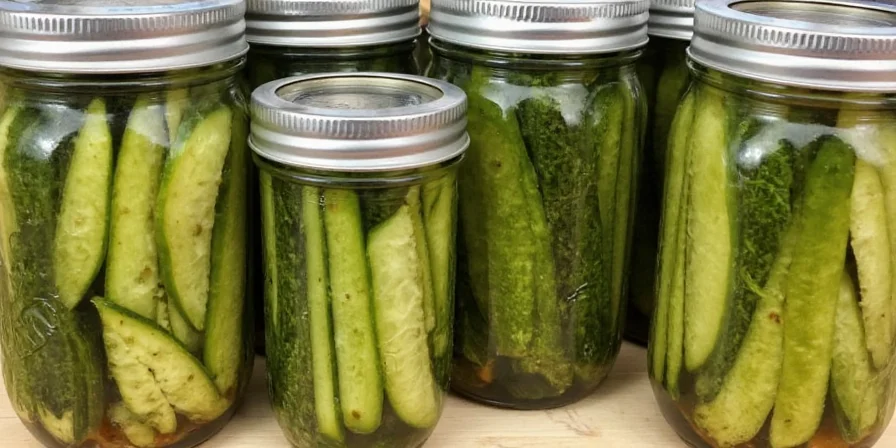
Step-by-Step Guide to Making Your Own Fermented Dill Pickles
Ready to get your hands briny? Here's how to make homemade fermented dill pickles using classic methods with a global spice twist.
- Gather Your Ingredients:
- Small pickling cucumbers (Kirby or Persian work well)
- Non-chlorinated water
- Non-iodized salt (like sea salt or kosher salt)
- Fresh dill sprigs
- Garlic cloves
- Mustard seeds
- Optional global spice add-ons: coriander seeds, peppercorns, chili flakes
- Prepare the Cucumbers:
- Wash thoroughly, trim ends (this helps prevent mushiness).
- Leave whole, slice, or spear—your call!
- Make the Brine:
- Mix 1 tablespoon of salt per cup of water until fully dissolved.
- Pack the Jars:
- Layer dill, garlic, and spices in the bottom of a sterilized quart jar.
- Press cucumbers tightly into the jar.
- Pour brine over the top, leaving about an inch of headspace.
- Weigh Down and Cover:
- Use a fermentation weight or a small ziplock bag filled with brine to keep cucumbers submerged.
- Cover with a clean cloth or use an airlock lid.
- Ferment:
- Let sit at room temperature (ideally 65–75°F) for 3–10 days.
- Check daily—smell, taste, and burp if needed (especially during warmer months).
- Refrigerate and Enjoy:
- Once desired sourness is reached, store in the fridge to slow fermentation.
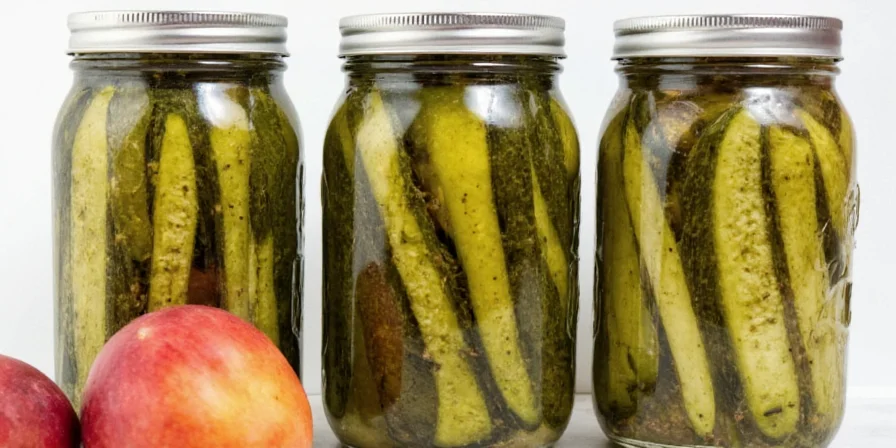
Common Mistakes & How to Avoid Them
Even seasoned fermenters slip up sometimes. Here are some of the most common issues—and how to fix or avoid them.
- Mushy Pickles: Could be due to high temperatures, old cucumbers, or lack of tannins (try adding grape leaves).
- Off Smells or Mold: If it smells rotten or has fuzzy mold, toss it and sanitize better next time.
- Bland Flavor: Not enough salt, spices, or time. Taste test daily!
- Overly Sour: Too much time fermenting. Start tasting early, especially in hot climates.
Pro Tips for Flavorful Fermented Pickles
Want to impress your friends or just upgrade your snack game? These pro tips will take your pickles from good to legendary.
- Use Fresh, Small Cucumbers: They hold their crunch and absorb flavors better.
- Play with Spices: Don’t be afraid to experiment with coriander, cumin, fennel, or even lemongrass.
- Keep It Clean: Sanitize jars and utensils to prevent contamination.
- Track Time and Temperature: Keep a journal—note down the date, spice combo, and taste results.
- Store Properly: Once fermented, keep them refrigerated to extend shelf life and control sourness.
Troubleshooting Your Fermented Pickle Batch
Still having issues? Here's a handy troubleshooting chart to guide you through the chaos of bubbling brine.
| Issue | Possible Cause | Solution |
|---|---|---|
| Cloudy Brine | Normal fermentation activity | No problem! This means it’s working. |
| Floating Pickles | Cucumbers not submerged | Use a weight or push them down gently. |
| White Scum on Surface | Kahm yeast | Skim off, no harm done. |
| Soft Pickles | High temps or old cucumbers | Try shorter fermentation and fresh veggies. |
| Smells Bad | Contamination | Discard and sanitize better next batch. |
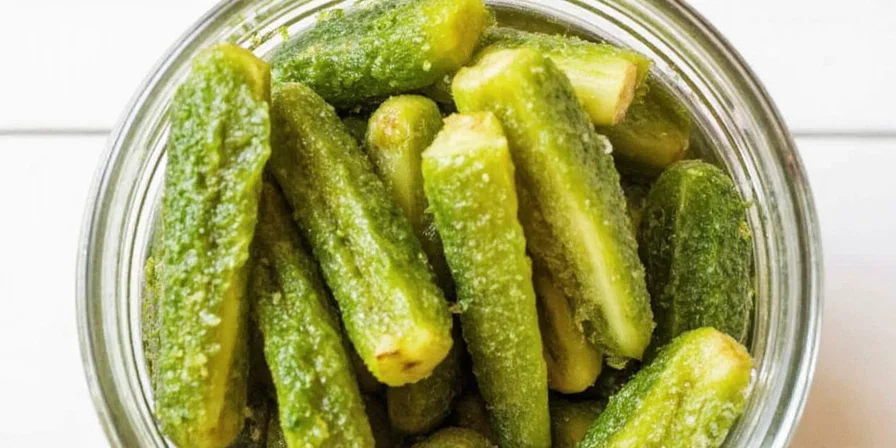
Conclusion
Fermented dill pickles are more than just a tangy sidekick to your sandwich—they’re a living testament to human ingenuity and spice culture across continents.
Whether you stick to the traditional trio of dill, garlic, and mustard seeds or go rogue with cumin, chili, and lemongrass, your homemade fermented pickles can become a delicious reflection of global flavors and personal flair.
Now go forth, salt, spice, and ferment with confidence. And remember: when in doubt, trust your nose—but maybe don’t sniff too deeply.
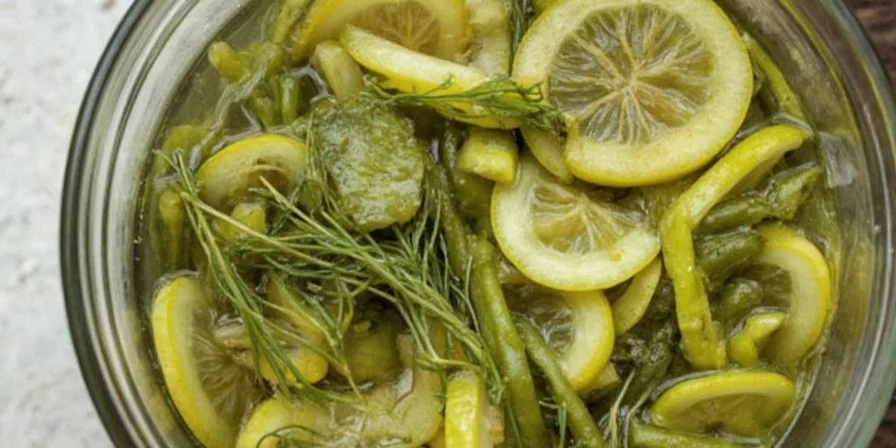

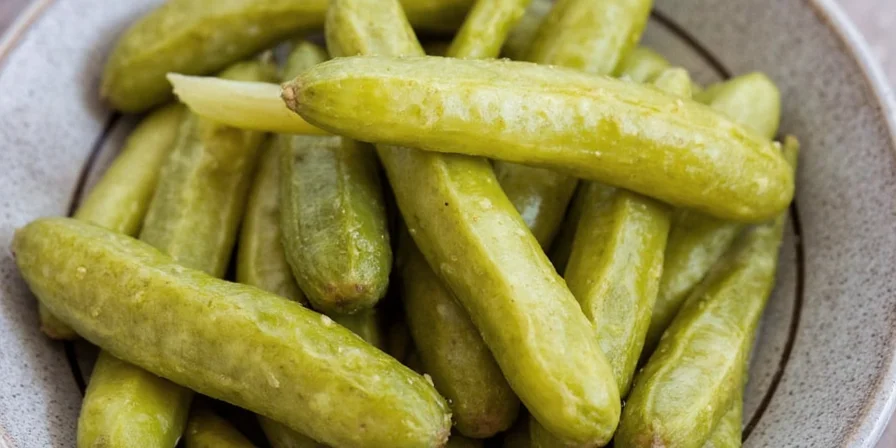









 浙公网安备
33010002000092号
浙公网安备
33010002000092号 浙B2-20120091-4
浙B2-20120091-4